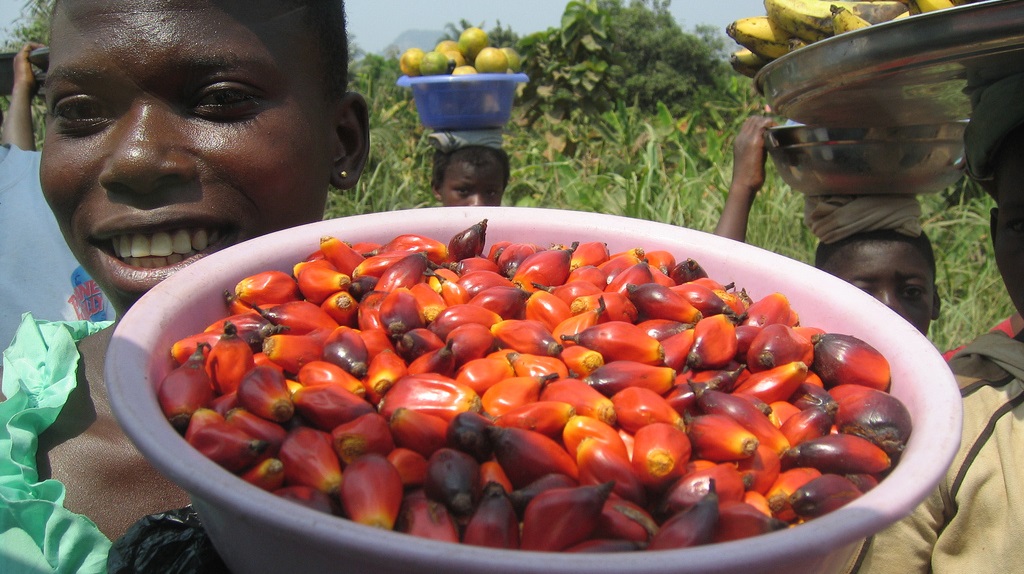This content was originally published on the Malnutrition Deeply website. It was also featured on the Kaiser Family Foundation website.
Obesity and overweight have reached staggering levels, with increasing numbers of both children and adults who are overweight and obese globally. Many countries are experiencing overweight alongside other forms of malnutrition, with 52 countries facing both overweight and anemia, and 29 countries suffering from the “triple burden of malnutrition” – overweight, anemia and stunting.
The global conversation addressing overweight and obesity has recently centered on country-level enforcement of sugar taxes. This is driven by anticipated declines in obesity in countries with existing sugar taxes, such as in Mexico. Norway has recently gone even further, with a high sugar tax of 83 percent to keep obesity rates low. New taxes for countries such as the United Kingdom and South Africa are now on the horizon. A recent global analysis highlighting that overweight and obesity affects nearly half of urban women between the ages of 15 and 49 years in sub-Saharan African countries is particularly worrying.
Sugar consumption not only affects whole families and societies, but is particularly damaging for young children. Foods high in sugar can end up replacing nutritious foods and disrupting exclusive breastfeeding in the first six months of life. Through USAID’s flagship Maternal and Child Survival Program (MCSP), we found that up to one-third of infants and children under 2 years of age are fed sugary foods, primarily in sub-Saharan African countries. This feeding problem is emerging in countries with moderate to high levels of child stunting and rising child overweight. In several countries, including Malawi, Nigeria and Zambia, the prevalence of child overweight is greater than 7 percent, which is the global target set by the World Health Organization (WHO).
Why is this an issue?
There are many reasons families often choose to consume unhealthy foods. Convenience, ease of preparation, perceptions of the status and nutritional value of these foods, and limitations on mothers’ time to prepare nutritious foods are the drivers of food choice for families. Urbanization and economic growth have shaped the food system, including the availability and proximity of junk foods to homes and schools via kiosks and small stores. Exports of junk food, totaling $150 billion (27 percent of world food exports), are believed to contribute to the increase in caloric and fat intakes in several countries, including India, Brazil and China. Marketing targeted at young children plays a pivotal role in stimulating the consumption of junk foods, since traditional nutritious diets can be viewed as outdated and low-status, as found in recent implementation research with mothers and families in Egypt, who valued junk foods as optimal first foods.
In light of these findings, there is an identified need to address overweight and obesity through existing health and food systems. This resonates with a recent article that my coauthors and I published in Public Health Nutrition, which explored entry points for overnutrition, overweight and obesity within the context of undernutrition programming.
So what can be done in addition to taxes on sugar to curb the tide of overweight and obesity among young children?
First, healthcare providers and families need to understand healthy versus unhealthy weight gain and learn to monitor excessive or rapid weight gain both for children and for women during pregnancy. Families should be advised that junk foods are detrimental to the growth of children and the entire family’s health and well-being, and providers should be trained to provide nutrition counseling for families as part of routine visits to health centers during prenatal care or during child visits.
Second, supportive environments are needed to talk to mothers and their families about reducing or eliminating the introduction of junk foods and sweetened beverages, and providing alternatives that are local, affordable and available. Families need to understand the health consequences of these foods on child health, growth and development, as well as the mother’s health during pregnancy and lactation.
Third, with regards to the food system, appropriate food labeling, such as mandatory front-of-package labels and a “nutrition seal” obtained with compliance to nutritional standards (as is happening in Mexico) is needed, as is regulation of the television marketing of food and sweetened beverages to children early in life.
Finally, regulation of breastmilk substitutes, per the WHO International Code of Marketing of Breastmilk Substitutes, and regulations on the marketing of inappropriate complementary foods, including junk foods, to infants and young children require full enforcement and monitoring at a country level.
MCSP is addressing this by updating infant and young child feeding materials and Social Behavioral Change Communication (SBCC) approaches. These include counseling families on alternatives to sugary and high-fat foods for young children, including available, affordable and local foods such as fruit or orange-fleshed sweet potatoes, and cooking demonstrations featuring nutritious local recipes and snacks.
A key gap remains in the rollout of comprehensive, integrated programs and policies which address all forms of malnutrition, including overweight and obesity, within existing health and undernutrition programming. Such efforts require planning integrated programming from the outset with ministries of health and other partners both at national and subnational levels.

